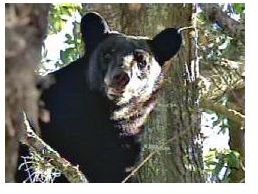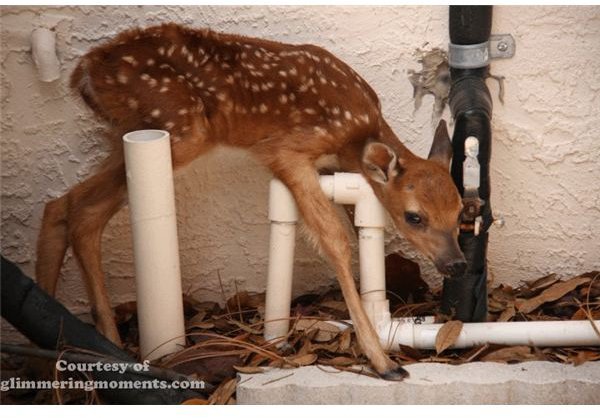Wild Animals Displaced by Logging in Cities and Towns
Urbanization and the Human Influence
Animals in the city? Who would have thought we’d see animals wandering the city or neighborhoods? Well, we have nobody to blame but the human populace. Urbanization of public lands is growing wildly and animals are trying to accommodate themselves to either relocate or adapt to ways of living in harmony amongst the humans.
But, there’s no stopping urbanization and has been snowballing dramatically since around 200 years ago. Around that time, people were starting to migrate to large cities for opportunities in the industrial age and in the past 50 years, people spread outward towards the urban sprawl beyond the city. While about a third of the populace live in metropolitan areas, by the year 2030 it is estimated the remaining two-thirds will populate the rest. What is the impact of wild animals displaced by logging?
Deforestation and its Effects
Deforestation is the process by which loggers harvest trees for purposes of business, acreage for crops, grazing livestock, and workers to provide for their families. But, this is being done on a massive scale, thus, is causing serious problems for the environment. About 30% of forests cover the world’s land area.
This can cause many effects on the environment, mainly impacting the loss of habitat for many species and can cause a major imbalance to the ecosystem as well as loss in biodiversity. Most won’t survive the deforestation that destroys their homes causing endangered species to become extinct.
Yogi, Boo Boo, and Other Displaced Animals
As stated earlier, however, some animals seem to manage to live among the urban sprawl. For example, in central Florida in the Wekiva Springs area, wildlife such as they wayward Florida Black Bear are wandering into neighborhoods and are seeming to be more of a nuisance for humans. They like to forage into garbage cans eating left over scraps and the like. A lot of them seem to find themselves in predicaments where they can’t get back to the local forest and wind up in a neighborhood tree for an inordinate amount of time. This is not unlike the Yogi and Boo Boo cartoons that we’ve all seen on T.V. It’s not as comical because of the consequences. A bear’s diet consisting of human junk food, wrappers and all, are not good for the bears diet and feeding the bears leaves wildlife unfearful of humans as well.
The good news is that regulatory authorities are coming up with ways of relocating displaced animals that become a nuisance as well as preserving endangered/threatened species. However, the fate of these animals is unknown once they’re translocated. There are situations to consider when relocating animals such as:
- Will they become nuisance to new locations?
- Return to previous home habitats?
- Will mortality rates go up?

Is There Recovery?
Authorities are doing what they can to compensate for the growth of human civilization to preserve and/or possibly restore endangered or threatened animal species.
Fortunately, there’s some hope! Apparently, the harvested trees of the rainforest are now growing back. Predictions made by scientists have suggested that about half of all species would be lost within our lifetimes, but rainforest regrowth has not been factored into the equation. So the possibility of wildlife and plant restoration does exist and the estimates for species loss due to deforestation have been overestimated.
Reference
“Rainforests are Returning: Will Displaced Animals Return?” Environment News Service: https://www.ens-newswire.com/ens/jan2009/2009-01-12-01.asp
This post is part of the series: Endangered Species and Displaced Animals
Where do the animals go where there’s no place to go?
